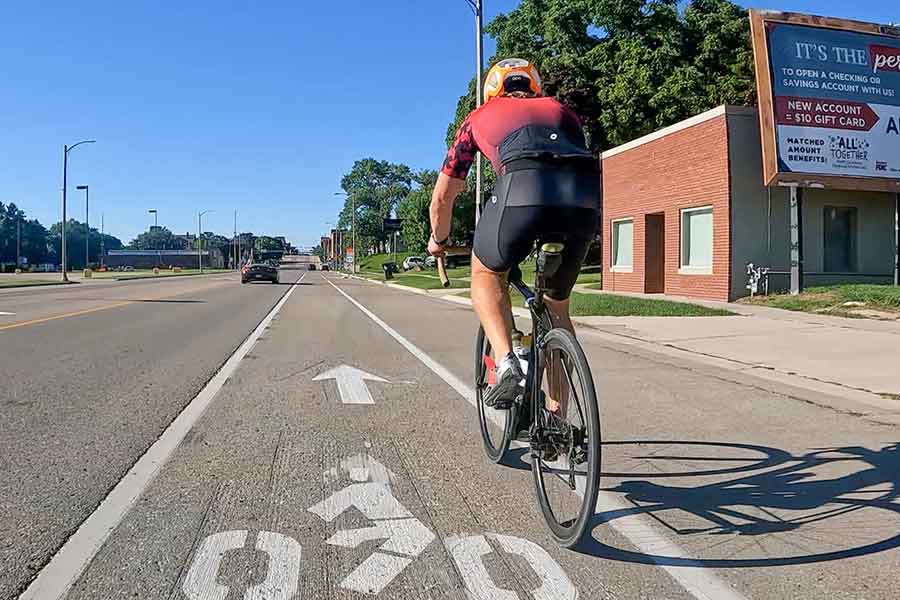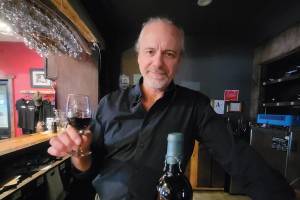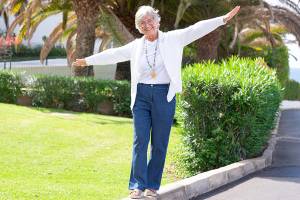Have you heard of or read about the Blue Zones?
In 2004 researchers Gianni Pes and Michel Poulain in the Journal of Experimental Gerontology identified Italy’s Nuoro Province in Sardinia as a region with a high concentration of male centenarians. This team drew blue circles on the map highlighting the villages where these centenarians lived. These areas were called Blue Zones.
A journalist for National Geographic, Dan Buettner, looked for additional areas across the globe that also had a high concentration of centenarians and identified four: Okinawa, Japan; Nicoya Peninsula, Costa Rica; Icaria, Greece; and A Seventh Day Adventist community in Loma Linda, California, USA.
Other than having a concentration of centenarians in these regions, in general, people’s lives were healthier with fewer chronic illnesses, such as diabetes, heart disease, cancer, and obesity. Research also showed that these regions had commonalities in lifestyle. Buettner called these commonalities, Power Nine.
Buettner’s team also became acquainted with an amazing turnaround in the health of a population in Finland. North Karelia had been a poor area, but after World War II, the living standard improved providing access to abundant food, especially dairy products. People started consuming butter, cream, whole milk, and cheese because they considered them healthy foods. Also, they could afford to smoke. So many, especially men, started dying of coronary heart disease in their late 30s and 40s that it became recognized as a community problem. In 1972, a comprehensive community prevention program was started. The goals were to reduce cholesterol, blood pressure, and smoking levels through lifestyle changes and to improve drug treatment for high blood pressure. Deaths from coronary heart disease before the project were around 690 per 100,000 men aged 35-64, but in 2011, the mortality rate of that age group had dropped to about 100 per 100,000. The project was so successful that a countrywide program was developed.
Inspired by the changes in lifestyle that could be made, Buettner wanted to do a study in the United States, so he created Blue Zones, LLC, with the mission to empower everyone, everywhere, to live longer and better by being inspired by the world’s longest-lived cultures.
Since he lived in Minneapolis and the University of Minnesota School of Public Health agreed to work with him, they selected and were invited to do a pilot project in the nearby community of Albert Lea, Minnesota, the population of close to 18,000, beginning in 2008. Using a grant from the American Association of Retired Persons (AARP), Buettner told community leaders, “We will work on your surroundings and social ecosystems.”
Community leaders in Albert Lea got to work. They organized a leadership team that continues to meet monthly to keep healthy initiatives in the forefront. Until recently, an organization, National Vitality Center, employed a project lead for Blue Zones Albert Lea to support the leadership team. When the project lead retired, the City of Albert Lea agreed to keep the project vibrant by folding the project lead duties into a fairly new position of Community Engagement and Enrichment Director, presently held by Cathy Malakowsky.
The Blue Zones Leadership Team’s mission is to create surroundings that make healthy choices easier. They use “before” and “after” community member surveys (See the sidebar) to help determine their progress.
In the beginning, a survey determined 4,400 residents were smokers. With the support of Minnesota laws, the age for tobacco sales was moved to twenty-one. Rules prohibiting smoking in public places, including fairgrounds, parks, and sidewalks were implemented. Employers were supportive by prohibiting smoking when they determined that employees’ medical costs had decreased. Smoking anywhere in public became either prohibited or inconvenient. In a 2021 survey, the number of people who smoked had dropped 22.2 percent, down to 1260 individuals.
“One of our major goals was to make walking and biking easier by building walkways from downtown out into the community, completing a five-mile sidewalk around the city’s predominant lake, and making streets wide enough to accommodate bike lanes,” Malakowsky said. A project called “walking school buses” was initiated where parents and other adults joined school-aged children in walking to and from school.
Recent surveys have determined that 68.5 percent of the population is now younger than their chronological age. Their lifespan longevity has increased by 2.9 years on average. “In spite of the stressful world we live in, including the pandemic, the latest Vitality Compass survey indicated that 74.3 percent of those from our community taking the survey felt that they were mentally thriving,” Malakowsky said.
Although our communities here in the northwest haven’t been identified as Blue Zones, I have noticed that many have created the infrastructure, such as walking trails, bicycle paths, farmer’s markets, and no smoking policies, that provide for following the Power 9 principles easier. Now what we have to do is to make changes to our lifestyles. Experts tell us to make no more than three changes at one time and do first what is easiest, such as moving from whole milk to 2 percent, and then to 1 percent. You might examine the processed foods you purchase and start exchanging them for fruit, like an apple or orange, that can be used for snacks. You don’t have to go to a gym but instead start moving. It can be done by moving around your house to taking the dog for a walk. Join organizations to broaden your support groups and make new friends. Like the people in the Blue Zones, you too can lower the chances of being plagued with chronic diseases and have a healthy life by following the principles of the Blue Zones Power 9. MSN









